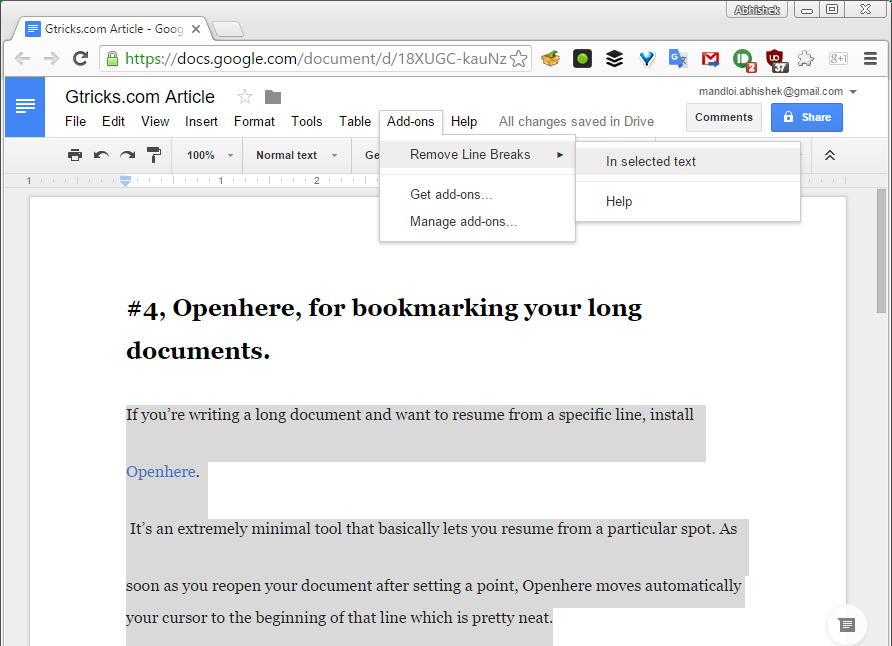

Keys to Success in Enlarging Photos for Printing For smaller image sizes or print sizes, you would need a minimum of 300 DPI print size. If you are looking at a picture from 3-5 feet away, 100 DPI will be satisfactory. The bigger your print size is, the lower dots per inch you can sacrifice without losing quality because you can focus on a larger print size of the image from far away.

The largest print sizes usually average around 30×40, or a 4500×6000 above-average DPI. When you look at print size of the image and DPI, there are three categories for quality: The overall image resolution is equivalent to the number of dots per inch, also known as DPI. Each pixel in the image size gets translated into a single dot during the printing process. The potential print size depends on the number of pixels on the original image size. What Are the Ideal Sizes to Print a Picture? Photo enlarging becomes very useful when the ideal resolution is not achieved. Sometimes the smaller image size is challenging to work with, or it does not look suitable for its intended use.

As you grow the image for printing, you need to ensure that it retains its high quality and resolution. There are many factors to consider, including ratios, color profiles, and file formats, but you also need to consider how to make the most out of enlarging photography. One of the most significant obstacles for photographers is their ability to prepare their images for the printing process accurately.


 0 kommentar(er)
0 kommentar(er)
